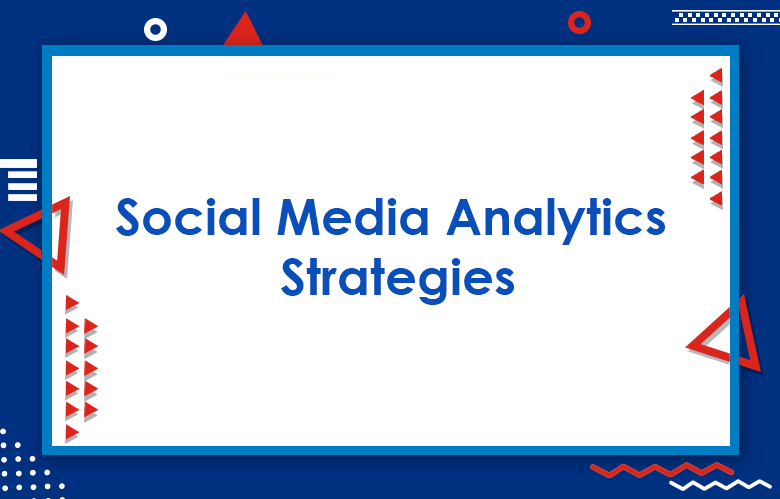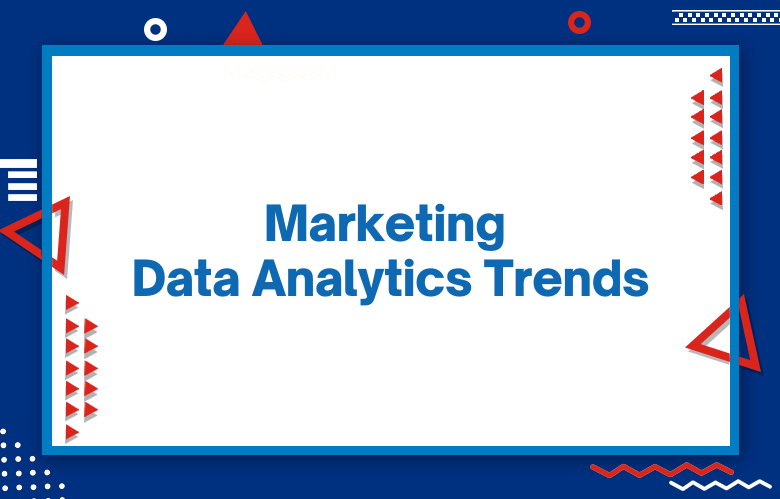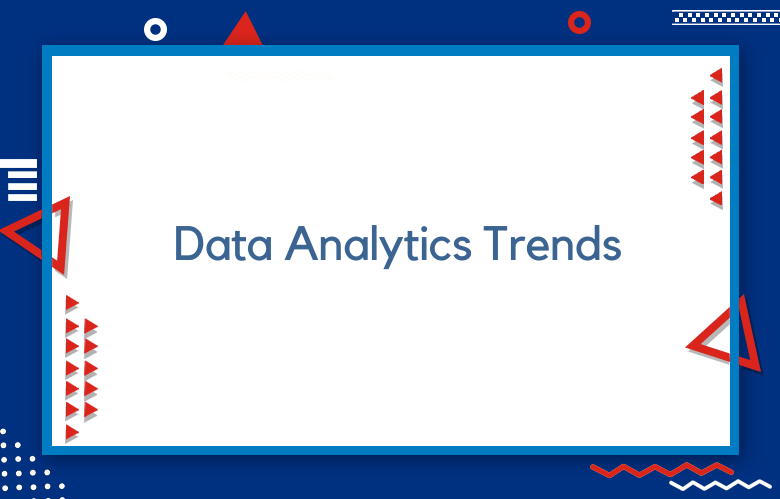Social Media Analytics Strategies: Increase Your Presence on Social Media

A stunning reach of adult consumers from giant social media platforms like Twitter, YouTube, Facebook, Instagram, and Snapchat can let you find the sales venue for your business products or services. It makes sense to consider the significance of social media marketing for business brands in the market. Well, when you launch the perfect social media marketing that finds the audience’s attention. How do you evaluate your business performance over social media? Conducting social media analysis is the first step in knowing your audience’s reactions. Here are some essential social media analysis strategies that can help you understand what to do and what not.
Social Media Analytics Strategies
The volume of mentions:
This strategy can be the most effective way to understand what the customers are talking about your business brand.
Sentiment Analysis:
Through sentiment analysis, businesses can determine the opinionsrs’ ion towards the brand.
Social media and non-social media reach:
These can be the most trending categories in digital marketing to grab a massive audience’s attention.
The share of voice:
Deliver content that lets the audience share the brand experience with their friends, which can drive new customers.
Measure social media ROI:
This can be used to let you identify the performance of your ad campaigns that drive conversions.
Improve your social media strategy:
Get the different resources to touch your social media audience with unique content and promotional strategies.
Understand your audience:
Analyzing audience behavior, the brands can reach the target customers.
Spy on your competitors:
Competitor analysis can help you developnced marketing methods to find the morlevant customer engagement.
Identify your social media competitors:
Know your social media competitors to track their performance metrics and the trends they follow.
Gather data:
Data collection can provide great insights for estimating and analyzing brand growth by tracing low-performing metrics.
Make better strategic and business decisions:
Always stick to launching effective marketing strategies with instant decisions to generate successful campaigns.
Compare your social media performance against competitors:
Comparing your brand’s social media performance over the competitors can help you spot the trending and dead content.
Track marketing teams’ efficiency:
Your internal team effort is the primary investment to generate the success of your business.
Audience Analytics:
Audience analytics helps to identify where your audience is more engaged and where it is not.
Assess the role of social media in customer service:
Using social media for customer support can be the most effective way to get customer engagement and build trust.
Assess competitor strengths & weaknesses:
Target the social media audience by targeting the competitor’s strengths and weaknesses.
Identify what customers respond to:
Pick the topics for which the audience will likely buy the products or services.
Use this knowledge to inform your strategy:
I have hands-on skills in referring to the different sources required to tackle all business tasks.
Attribution Monitoring Report:
Get the report on attribution monitoring to take the following steps in promoting your business.
Dark social media traffic reporting:
Tracking the dark social media traffic reporting helps find the social media activity that can’t be noticed.
Social media performance analysis reporting:
Generation of social media performance reports can define your promotions, which are going well and which are not.
Google Cohort Analysis:
It helps in understanding the behavior of a group of website users that are being engaged.
Daily eCommerce Traffic Report:
Get the daily report of eCommerce website traffic that guides you in knowing the activity of your website visitors.
Real conversions:
Identify the real-time conversions and target them with the repurposing strategy.
Cost Per Result (CPR) Report:
It can evaluate how much you spend on specific metrics like clicks, conversions, reach, video views, etc.
Ad frequency reporting:
The ad frequency report can trace the number of times an ad campaign is watched.
Click-through rate (CTR):
Click-through rate helps determine your ad’s audience by clicking on it.
Focus on PPC:
In building PPC ad campaigns, brands can pay for the clicks that the ads obtain.
Define Your Target Goal:
You can plan for the marketing strategies by outlining your target goal.
Choose Quantitative or Qualitative Data or Both:
Concentrate on qualitative and quantitative data that can build the brand authority.
Choose Social Media Channels:
Target the trending social media channels that can drive colossal audience engagement.
Choose the Right Tool:
Use the most advanced social media tools to influence the existing and new audience.
Choosing the Right Keywords:
Add the correct and relevant keywords to your social media posting content to find appropriate and potential customers.
Data Cleaning:
Consistent cleaning of the data is essential to fix the website bugs that suck the audience traffic.
Audience Size:
Know the size of the audience that you want to target.
Audience Profile:
Please go through the audience profiles to know what they are interested in.
Reach and Engagement:
These are the essential metrics to find and engage the audience that you are looking for.
Content Analysis:
Content analysis is all about refining the data that goes well and that is dead.
Community Responsiveness:
Always consider the community comments and feedback about your business brand.
Sentiment Analysis:
Build the sentiment analysis to impress the audience with the emotional strategy.
Platform analytics:
Get a report on social media platform analytics that can be used to know your audience preferences.
Management tool analytics:
Find the management tool analytics to estimate a particular tool’s performance towards your business’s operations.
Understand your audience:
Trace the audience’s activity to target their requirements with the required content.
Get social media platforms that work for your brand:
Identify the social media platforms with the most engaging channels to find more conversions.
Create better content:
Be innovative in creating unique and user-generated content to gain audience attention.
Brand reputation:
Always focus on creating the brand reputation by implementing tactics that build brand trust.
Protect your brand assets:
Be secure in protecting the business sales conversion assets to block the damage of the brand.
Track social campaigns:
Analyzing and estimating social media ad campaigns is the primary step to launching further helpful marketing strategies.
Conclusion:
Though we engage in social media platforms, we cannot make the conversions. Why does it happen? This may occur due to the lack of featuring the content that delivers your brand message. Content alone can drive massive audience traffic to your website. Make use of other advanced tools to reach your target.
Call: +91 9848321284
Email: [email protected]



